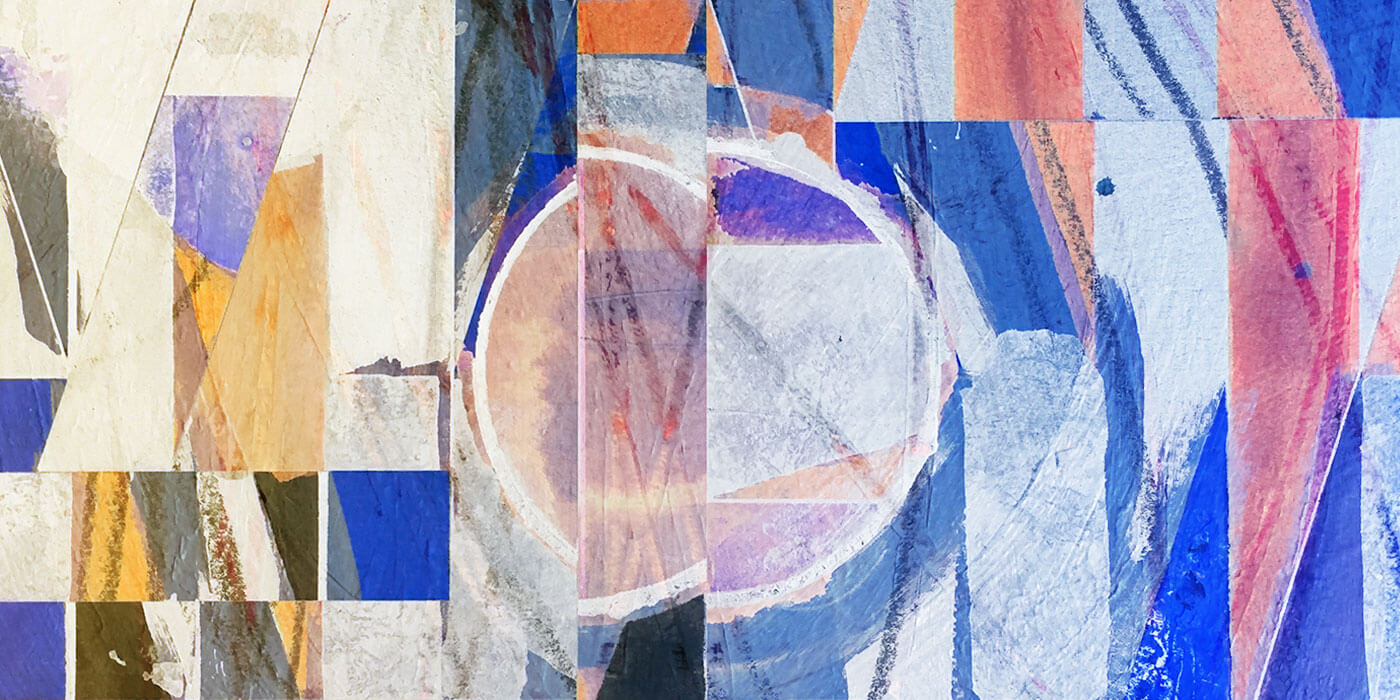The common wisdom is that once something is on the Internet, it lives forever. There is certainly some truth to this idea, especially for memes that become widely spread. After all, if nothing else, the Internet is extremely good at enabling the distribution of information. Once an idea moves beyond its original context it is taken up by one person after the another, each person giving the idea new context and new relevancy. In this way, the original idea transcends its original context and is given exceptional longevity.
For less widely spread ideas, the challenge arises with merely finding the information. There are myriad ways to find information online, but it may be hidden or located in an obscure darkened corner of the web. Here information becomes much more fragile. Sometimes the removal of one post or the shut down of one domain can result in the loss of information indefinitely.
Sometimes this loss of information is deliberate, but other times it's a simple matter of the ideas becoming (seemingly) irrelevant. The contextually relevant time window for the information passes, and its bits are simply recycled. The 1's and 0's are written over and repurposed for the next important thing because the reality is that storing information still has a cost. Server space costs something, as does processing information, not to mention the administrative cost of keeping everything somewhere accessible. Subsequently, as context shifts, more and more information is lost.
Ephemeral Ephemera
In the world of design, especially digital design, so much of what we do as designers is to create things that are contextually relevant. Of course, we try to create things that are relevant for as long as possible, but nothing really lasts forever. This isn't necessarily a bad thing, but sometimes we create things for an opening, a festival, a campaign, or some other limited time that isn't worth the cost to keep alive for a time past the events duration.
The issue is exacerbated by the reality of the ever-changing web. Being static is seen as stagnation to the point of being obsolete. There is a constant drive to revise, change, improve. Again, this isn't a bad thing (quite the opposite in most cases), but it calls into question what the canonical manifestation of a website or app or other digital artifact actually is.
We Are The Chroniclers
This scenario becomes troublesome when considered within the context of design as a discipline. If the external manifestations of our work are continually being washed away by the inevitable tides of time, how should we preserve the work that we do? Design is still a relatively young practice and this practice is being completely changed as the Internet evolves. I sincerely hope that I'm not alone in believing that it's important that we attempt to record some of this upheaval so that we can look back on it and reflect.
One hallmark of a mature—or maturing—discipline is a healthy critical discourse that surrounds it. Indeed, there are some great places to find design criticism online. Despite this fact, there is always room for more discussion, and I sense that the industry would benefit from more diverse voices speaking out. We should keep in mind that while the conversation is happening, it is happening via platforms that are just as fleeting as the work that they are discussing. They are subject to entropy just as everything else online.
In the past, design artifacts have simply had a longer shelf life. Books, posters, packaging; these things can all be kept for decades. With digital things, however, physical archives have always seemed a poor solution. As the web continues to become even more dynamic, the only way that we will be able to preserve artifacts for future generations is a replica of a digital system that would include the context (i.e. platform), its infrastructure (the software that it runs on) and the entirety of its content. One can clearly see the hurdles that would be involved in such an endeavor.
First We Need to Make It Last
This space is not the best place to put forward ideas on such a monumental scale that archiving design would require. I have neither the resources nor drive to undertake such a task though I do believe that it's extremely important to think about how we might go about it. There are a few attributes that would be critical of any solution that we were to consider:
- The organization would need to be as objective as possible. It would be detrimental to the history of design to have such important archives controlled by one company or one person. No human organization can be truly unbiased, but setting up an independent non-profit with a clear mission to preserve the history of design would be a step in the right direction.
- These archives would need to be readily available and accessible to the public. A history that happens in isolation has no impact. If these artifacts were to be locked up and never looked at again, it would be nearly the same as if they had never existed in the first place.
- Whole complete systems would need to be archived. There's no guarantee that future technologies will be compatible with the technology of today. Take, for example, the death of Flash. If it became difficult to find a computer that ran Flash (a very real possibility), many of the websites created in the late '90s to early '00s wouldn't be viewable.
- Involvement from the creators is critical. To truly record and then attempt to understand the work, we would need to involve the people that helped to create these artifacts.
This list is doubtlessly woefully inadequate at capturing the critical pieces of the puzzle. What do you think about the idea of preserving design for future generations to look back on? How could we go about doing it? I'm interested to hear your thoughts.

No Comments.